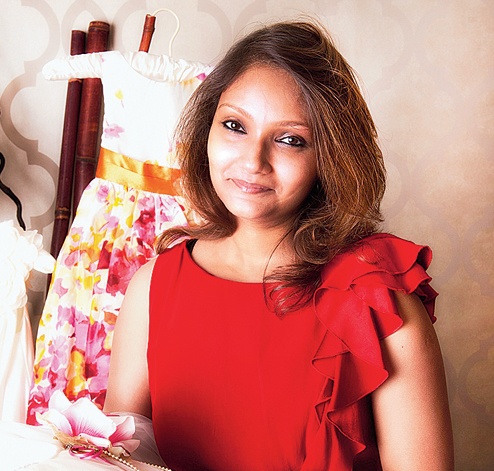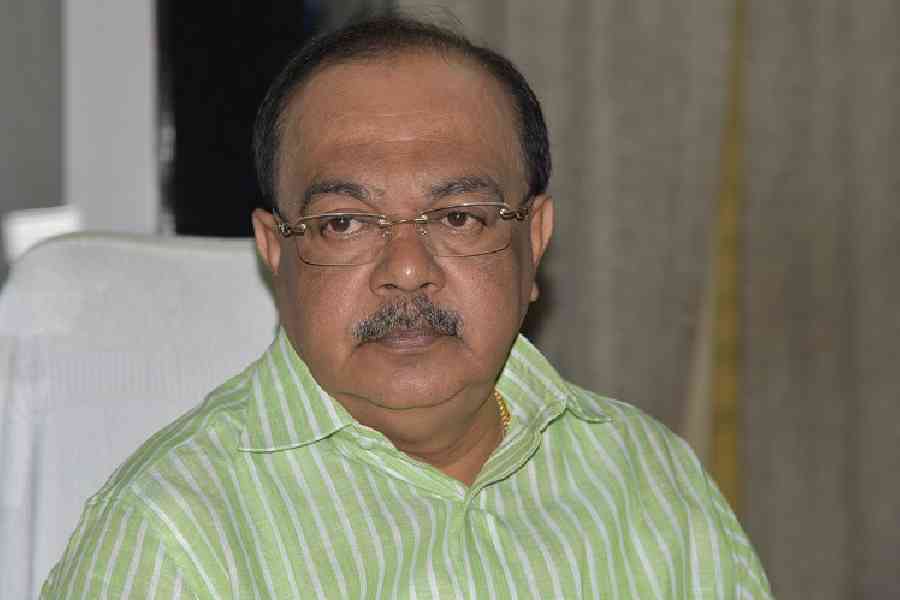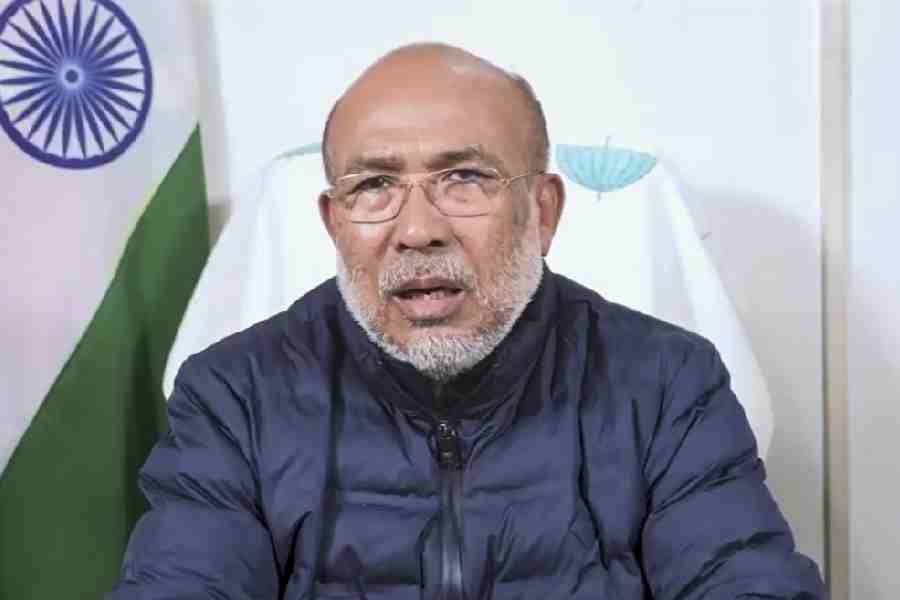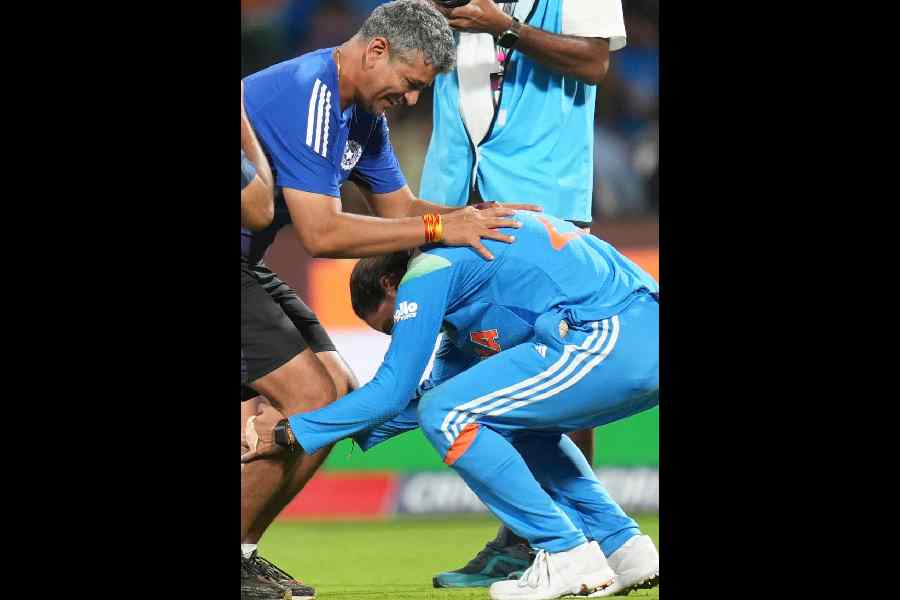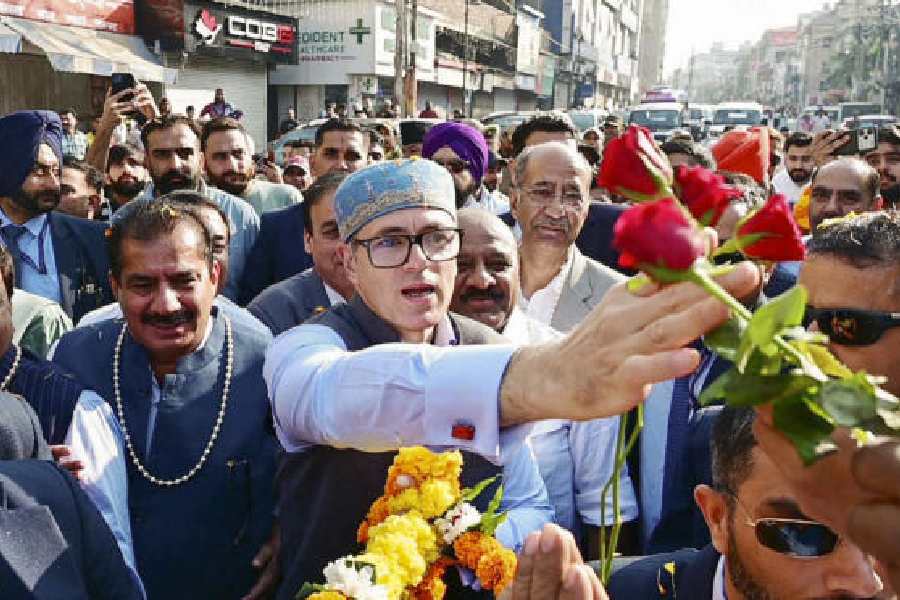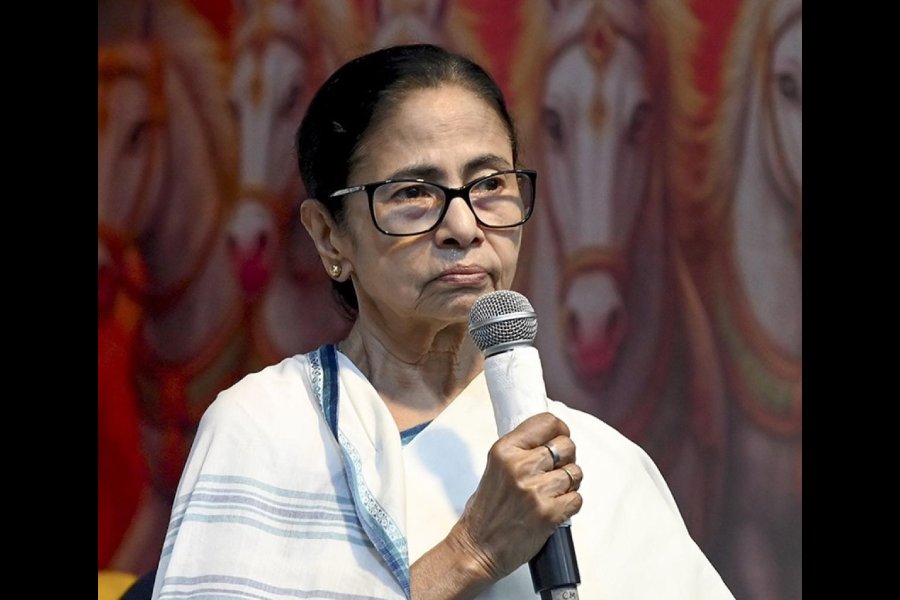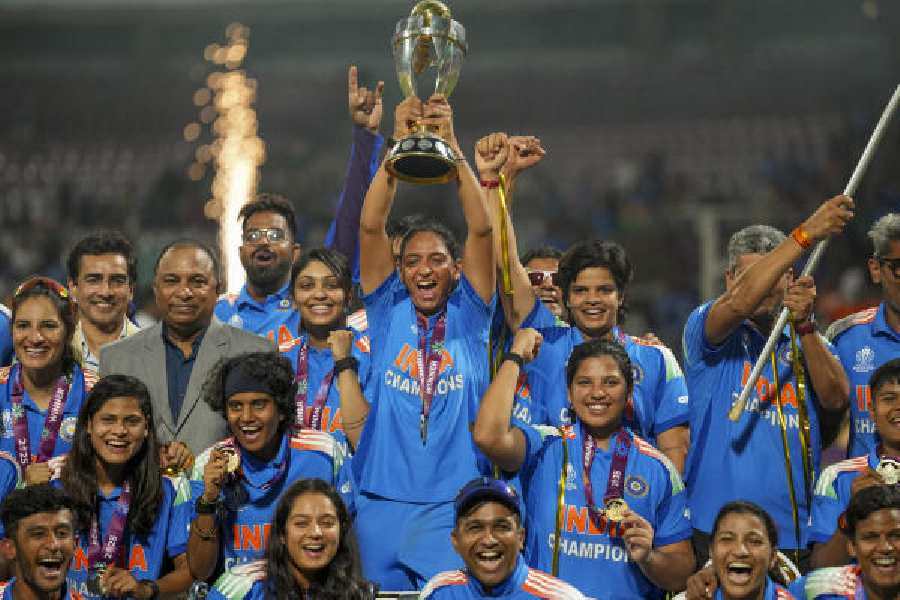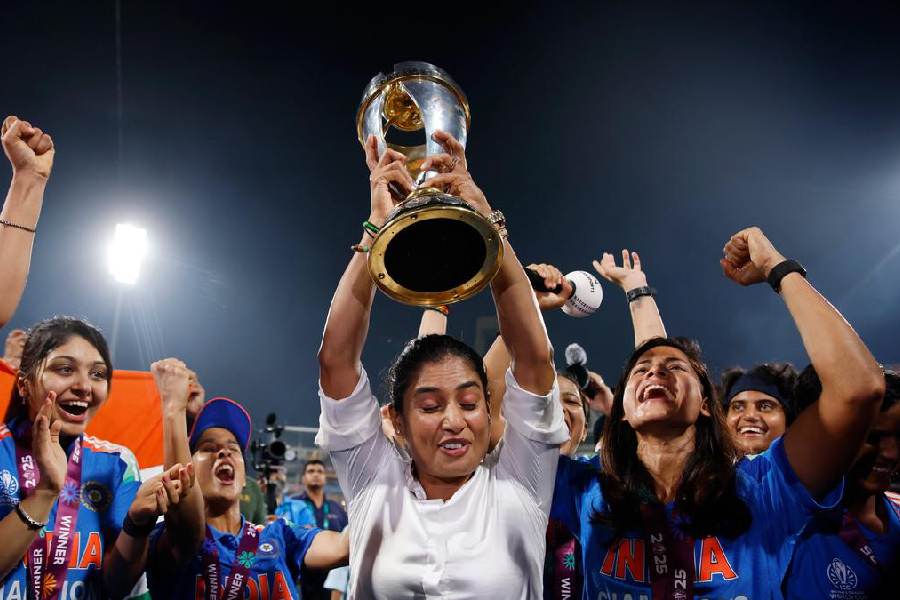 |
| Photo: Ashok Majumder |
It was October 2003. Leander Paes was taking a long, hard look at himself. “I remember standing in front of the mirror one morning,” he now recalls, “and hating the sight of an overweight man … I was almost in tears. How on earth was I going to play tennis with that bulk?”
The moment he moved away from the mirror, Paes had the answers. He was going to do all it took to get back to fighting form. Nothing, not even some discouragement from tennis pros and sections of the media who wrote him off, could stop him from having another crack at the courts.
Then came February 2004. The Davis Cup in Invercargill. Paes slammed India to a win with back-to-back doubles and singles victories against New Zealand. The spectators rose as one to their feet to cheer tennis’ prodigal son. The Indian ace was back.
But what a long journey it had been.
One that began in July 2003. Paes was at his peak then. A magical chemistry with Martina Navratilova culminating in two Grand Slam titles. A rejuvenated doubles career after being dumped by one-time partner and close pal Mahesh Bhupathi. A steady courtship with Mahima Chaudhary. Life seemed to be on cruise control for Paes. Until the proverbial bolt from the blue, a cyst on the left base of the brain, all of four millimetres, shook his world.
It happened during a first-round match at the Cincinnati Masters. Giddiness and loss of vision rocked Paes and he had to be treated courtside by an ATP doctor. Some severe headaches followed, and he got admitted to an Orlando hospital. An MRI of the brain revealed the lesion and Paes had to be shifted to the M.D. Anderson Cancer Centre.
A cyst in the brain! Paes’ thoughts focussed on the worst case scenario: what if it turned out to be a cancerous tumour? The three-member expert panel set up at the Centre did their best, but there was a fourth doctor in the picture — who got involved in the Paes case in the most bizarre way.
His father Dr Vece Paes was waiting at Mumbai airport when he received an SMS from an unknown sender who urged him to get in touch with Dr Bhim Singhal, head of neurology, Bombay Hospital. The good samaritan turned out to be industrialist Parthiv Kilachand, whose wife had been cured of a brain lesion by Dr Singhal after a trip to New York had proved futile. Dr Paes wasted little time in establishing contact with Dr Singhal, who took a keen interest in the case and kept in touch regularly with Orlando from Mumbai. He suspected it to be a parasitic infection from the word go, but it took dozens of tests over seven agonising days before the diagnosis was confirmed. Paes was, indeed, suffering from neurocysticercosis, an infection caused by tapeworm.
The fear of life-threatening cancer having been wiped away, Paes ‘celebrated’ with tears of joy at a press conference at the M.D. Anderson Cancer Centre. “I am very blessed to have a second lease of life, I want to make the most of it,” he said over phone from Orlando, the voice reflecting the pain caused by continuous poking and prodding of the syringe and the speech slurred by strong sedatives.
Medication and adequate rest were what the doctors ordered. Paes was prescribed three strong drugs — which fortunately worked. But the effect of steroids coupled with total inactivity had resulted in a weight-gain of 18 kgs! He wasted no time in returning home but, at the back of his mind, he knew he was approaching crunch time. The second stage of his rehabilitation process would be the more difficult one. Shedding those extra kilos was one hell of a job and yet the recovery process couldn’t be rushed. It was only in December that Dr Singhal gave him the green signal for rigorous physical training and, specifically, weight-reducing exercises.
Paes caught up with his American trainer Dave Hermon in South Africa. After a week’s workout at Cape Town, they moved to regular base Orlando. Leander was put through a back-breaking schedule. Whereas his regular off-season training would comprise three or four-hour sessions at the gym, Paes now had to devote eight to 10 hours.
But then, determination was always Paes’s middle name. Former Indian Davis Cup captain Naresh Kumar, Paes’s mentor, remembers the time when the 17-year-old won his Junior Wimbledon title in 1990. “He had lost the Australian junior title. He came back from Melbourne, sat across the table in my office, and said, ‘Not to worry, I’ll win the Wimbledon title this year.’ Just like that. I thought ‘Bloody fool, he doesn’t know what he’s talking about. The Wimbledon?’ Turned out, I was wrong. Paes came back carrying the Boys’ crown. That was how aggressive Lee was.”
It was therefore hard for Naresh Kumar to believe the same Paes telling him now he wasn’t confident he could make it to the Davis Cup against the Kiwis this year. The confidence that he had in his abilities had taken a beating. “He spoke about hoping to make it to the Australian Open with Martina. But the Davis Cup he wasn’t sure about at all,” says Kumar.
Almost a month after he launched ‘operation shed weight’, Paes resumed his tennis training. He was still five kilos off target, but time was running out. He had the chance to practise for a mere 10 days before it was time to take the court at the Australian Open for his first competitive match in five months.
The rest, as they say, is history. With Martina as his partner, Paes scorched the courts with gusto, hitting the ball as if the five-month lay-off was a myth. They won one match after another to storm into the final. And then, of course, came New Zealand when the 30-year-old Beckbagan boy served up an even bigger surprise for the tennis world.
That’s Leander Adrian Paes: a cocktail of courage, conviction, commitment and passion. As he himself remarked, it will take more than a brain lesion to knock him over.

